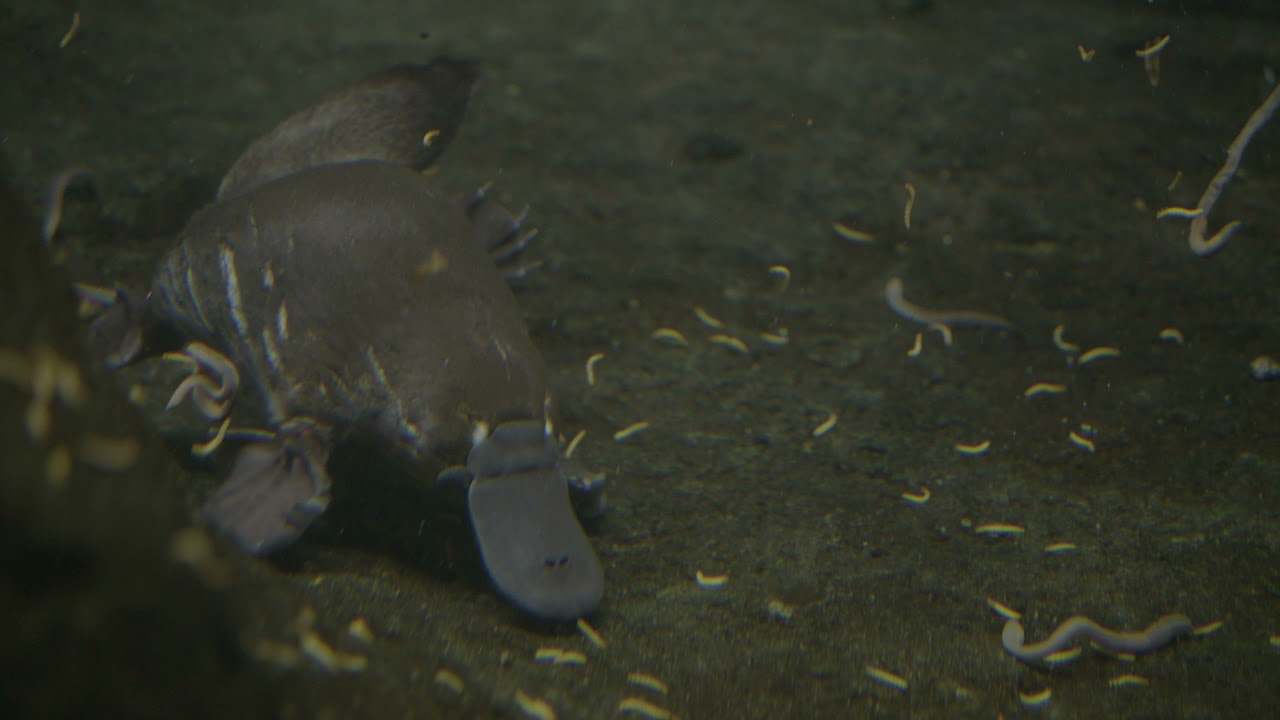*****
Summary of Description:
The platypuses, Eve and Birra, are doing well and can sense underwater using the electroreceptors in their snouts rather than their eyes and ears. The source encourages following their updates on social media.
*****
Platypus update: things are going swimmingly with Eve and Birra
The San Diego Zoo Safari Park recently shared an update on their resident platypuses, Eve and Birra. According to the zookeepers, things are going swimmingly with the two adorable creatures. This article will examine platypuses, their unique characteristics, and how the zoo cares for Eve and Birra.
Platypuses: Unique Animals
Platypuses are one of the unique animals in the world. These semi-aquatic creatures are found in the eastern parts of Australia and Tasmania. Platypuses have a unique combination of features that make them an interesting subject of study for biologists. They have webbed feet and a flat tail that helps them swim. They also have a bill resembling a duck, which they use to sense food in the water. The platypus is one of the few venomous mammals in the world, with males possessing a spur on each hind leg that can deliver a painful sting. Platypuses are also known for their interesting reproductive process. Eggs develop in the mother’s body for about 2-3 weeks before being laid. The mother carries the hatchlings in a pouch for another 3-4 months before they can fend for themselves.
Eve and Birra: Resident Platypuses at the San Diego Zoo Safari Park
The San Diego Zoo Safari Park is home to two resident platypuses, Eve and Birra. Not much is known about the platypuses’ past, but zookeepers believe they were both born in 2017. Eve weighs around 2.8 pounds, while Birra weighs approximately 1.9 pounds. The two platypuses are currently on display at Platypus Pond, a special exhibit at Safari Park. The exhibition is designed to recreate a natural stream environment for the platypuses, complete with plants, rocks, and waterfalls.
Caring for Eve and Birra
The zookeepers at the Safari Park make sure that Eve and Birra receive the best care possible. The platypuses are trained to participate in daily activities, such as feeding sessions and physical examinations, to ensure they’re healthy and happy. The platypuses are fed various foods, including shrimp, krill, and smelt. Zookeepers also provide Eve and Birra access to plenty of water to swim in and regularly clean the exhibit.
Eve and Birra’s Interesting Characteristics
One of the most interesting characteristics of platypuses is their electroreceptors. Platypuses close their eyes and ears underwater and rely on their electroreceptors to sense their surroundings. The platypuses hunt for food by detecting electrical signals produced by the movement of prey in the water. Eve and Birra also have a mating call that the zookeepers have been able to record. The call is described as a low, rumbling growl used by males to attract females during mating season.
Conclusion
The platypuses at the San Diego Zoo Safari Park are a fascinating sight to behold. Eve and Birra are cared for by dedicated zookeepers who ensure the platypuses thrive in their environment. Visitors to the Safari Park can observe the platypuses in their natural habitat and learn more about these unique animals. The platypus exhibit at the Safari Park is a must-see for anyone interested in wildlife and nature.
*****
See Original Source
Source Description
Platypus update: things are going swimmingly with Eve and Birra.
It may look like our popular platy’s eyes are open underwater, but they’re not. Platypuses close their eyes and ears underwater and let the 40,000 electroreceptors in their snouts do the sensing.
http://sdzsafaripark.org/
Facebook – facebook.com/sdzsafaripark
Instagram – instagram.com/sdzsafaripark
Twitter – twitter.com/sandiegozoo
GIPHY – giphy.com/sandiegozoo


